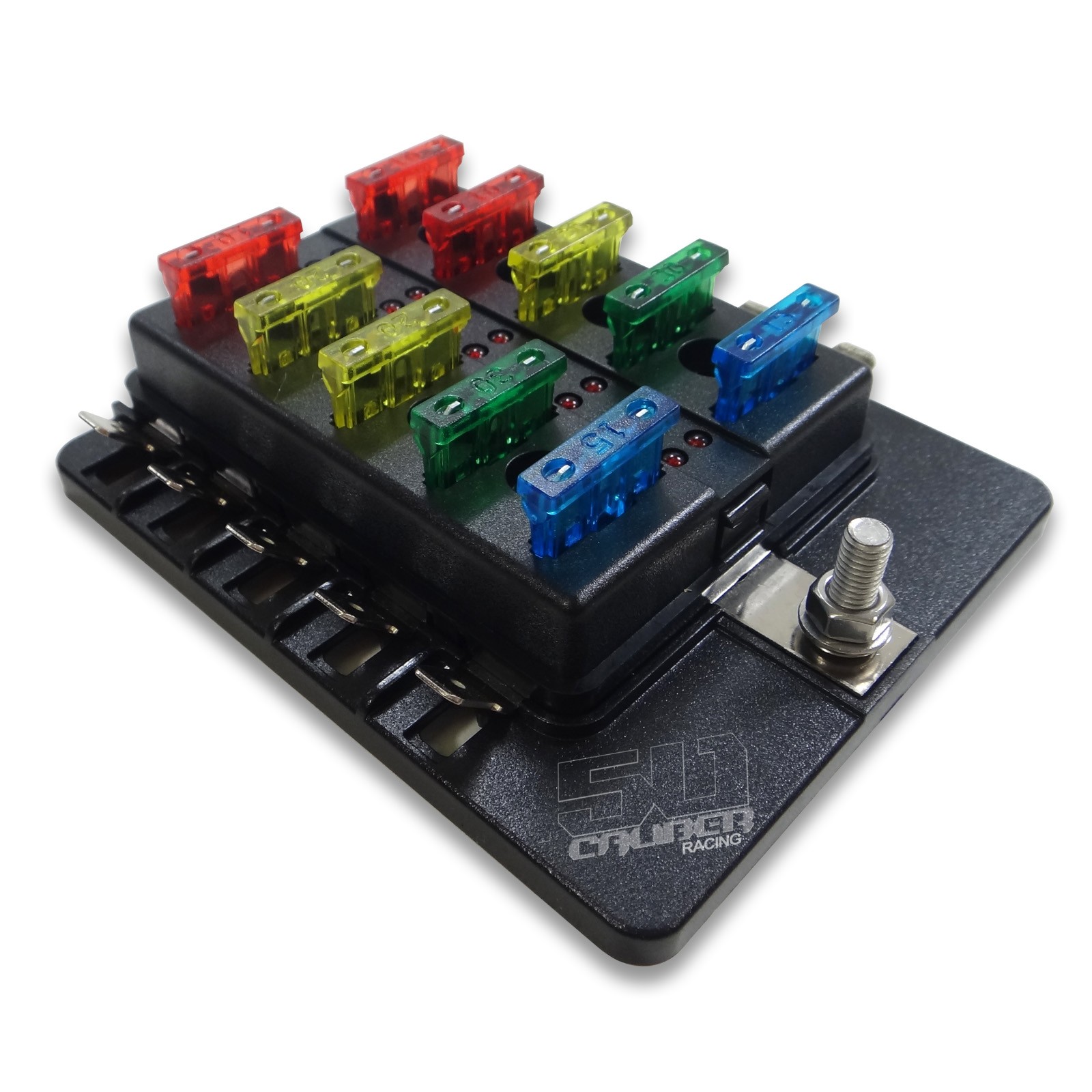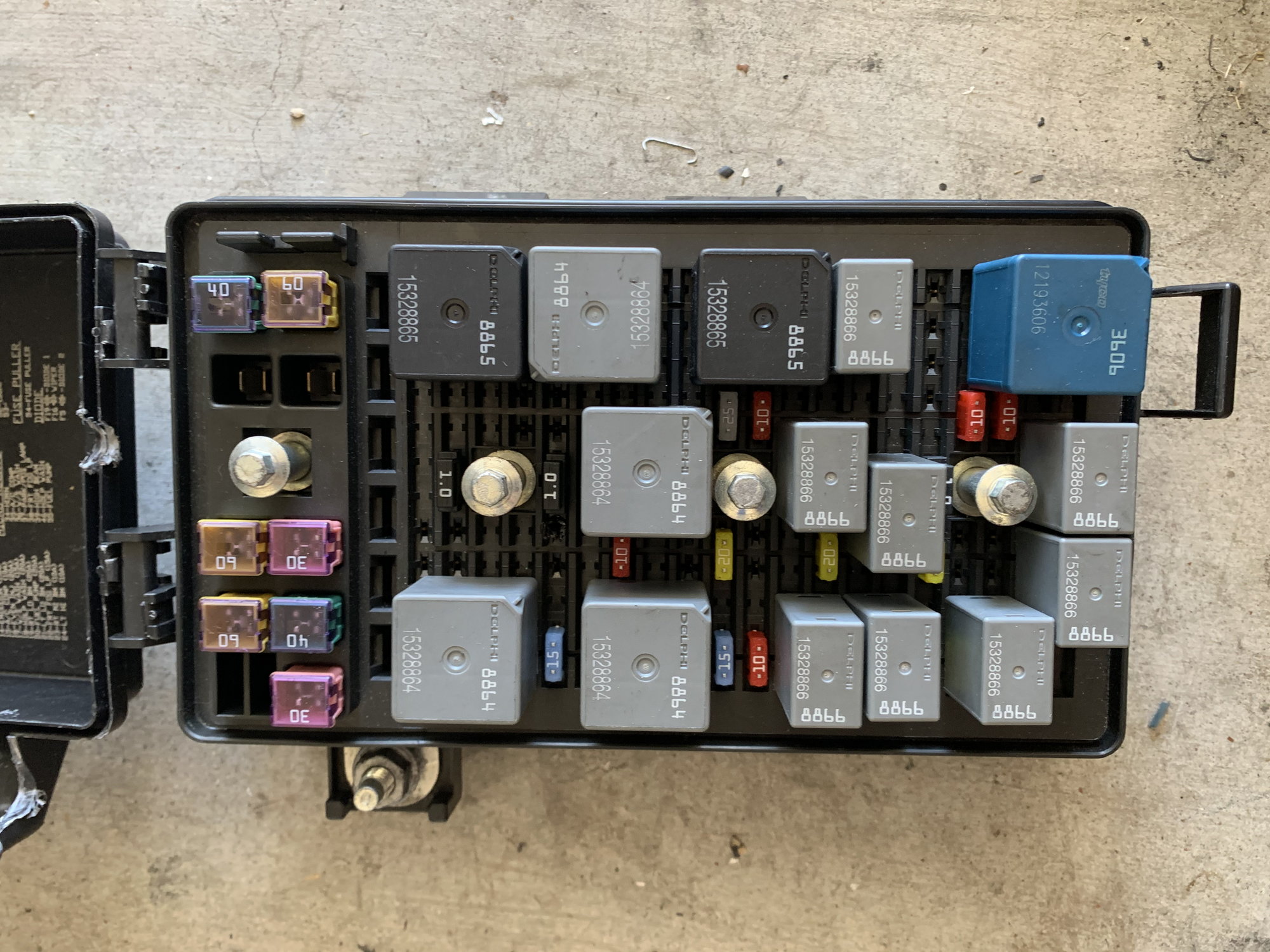


Whenever the breaker trips, it falls back to the ‘OFF’ side, so you’ll simply flip it back to ‘ON’. So, what lies behind your service panels’ door? If it’s a breaker panel, you’ll see columns of circuit breaker switches with levers marked ON/OFF. Now that you know something about an electrical panel, it’s time to delve deeper into the panels’ anatomy. While the majority of homes have a single “main” panel, it’s not uncommon to find homes with extra subpanels serving different floors or sections of the home. You can isolate a circuit by simply tripping the breaker, not to mention that the breaker will automatically trip when it detects a short or an overload – no hassle of replacing the burnt fuse after a fault. A breaker panel, on the other hand, comes with more versatility and robustness. In order to shut off power to a particular circuit, you have to physically remove the fuse. A fuse box uses disposable fuses to safeguard the circuit from overloads and shorts. Types of Fuse Boxesįirst, before understanding the fuse box in your home, it’s important to note that a fuse box can use either breakers or fuses. To learn the basics of electrical panel wiring, it’s good to start with the various types of panels used in homes. It receives power from the utility firm and distributes it to various circuits that supply the fixtures and appliances within the home.

A fuse box serves as the central switchboard for the electrical system in your entire home. A 30 amp sealed power switch relay kit was also added to the mix to provide further protection.A home’s electrical panel is commonly referred to as a service panel or breaker panel by many electricians, but some homeowners just call it a fuse box. Connections to the fuse panel are really easy since a "lugless" terminal is used under the retaining screw. We securely mounted ours under the seat near the rear fender. It is compact (3.0"x2.4"x1.25"), water resistant, and designed to supply fused power for up to eight individual electronic/accessories up to 60 amperes. "With all the equipment that we added to the bike, we needed to protect our investment from inadvertent electrical surges. "Product Report" from Motorcycle Consumer News" (5 Star Rating) The fuse panel utilizes ATC type fuses that do not spark when blown while the built-in “grounding” system ensures that the electrical system works properly and safely at all times.Įach AP-1 comes complete with fuses and necessary hardware, instructions and one year warranty. Manufactured using only high quality materials such as plated contacts and stainless steel hardware, the water resistant AP-1 fuse panel will provide reliable service no matter your application. Our "lugless" terminal strips require you to strip off a small amount of wire insulation and insert the copper wire into the opening under the retaining screw. This will allow the AP-1 to supply safe, fused power for up to eight individual electronic devices, including radio, GPS and other accessories up to 60 amperes.Īdding your accessory is as simple as routing your power wiring from your device to one of the "eight positive and grounding lugless termial strips" on the AP-1. Once the fuse panel is mounted, you simply attach the positive and negative wire between the power source (battery or relay) and the heavy power studs on the panel. The AP-1's compact size (3.0” x 2.4” x 1.25”) allows for easy installation.


 0 kommentar(er)
0 kommentar(er)
